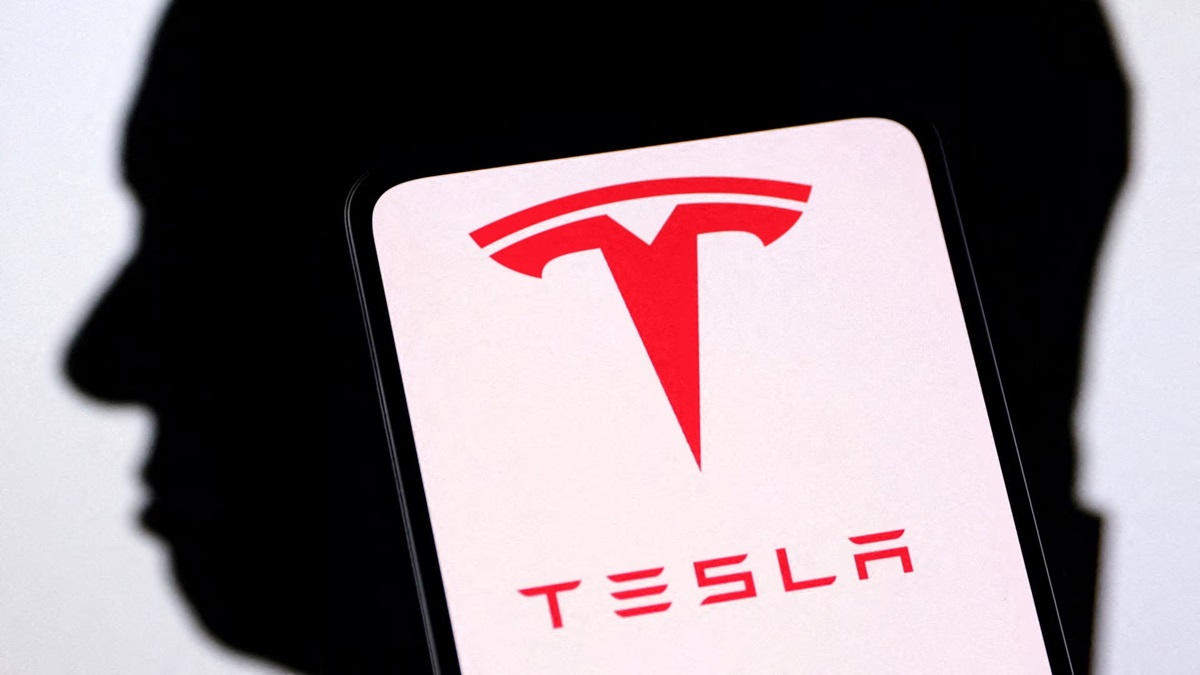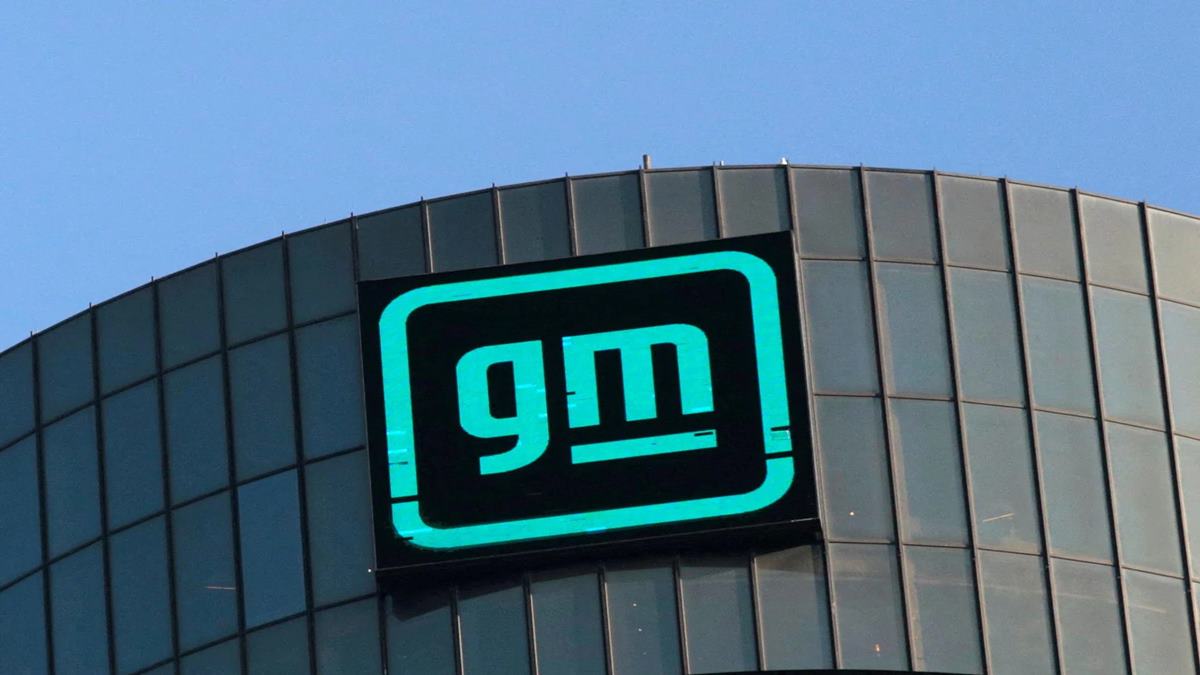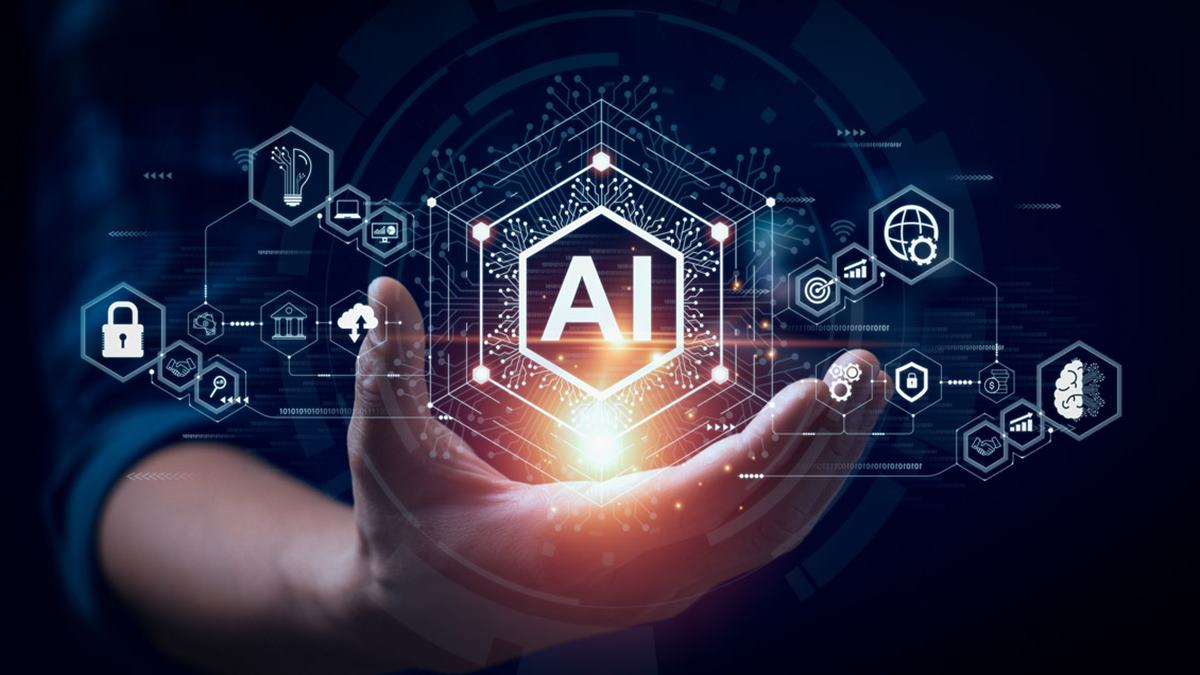The human resources (HR) function is entering a decisive phase of transformation. The priorities that once centred on compliance, payroll and hiring are rapidly being replaced by data-driven decision-making, automation and continuous workforce development.
A recent industry report, HR Trends and Priorities Guide 2025–26 by Paycom, outlines the forces driving this transition and highlights where HR leadership must focus to remain relevant in a changing business environment.
AI & Automation Reshape HR Operations
Automation and artificial intelligence (AI) have moved beyond pilot projects to become integral components of HR strategy. HR leaders are now exploring automation not merely to reduce manual work but to create predictive, self-correcting systems that enhance decision quality.
Tasks such as attendance tracking, onboarding and policy management are increasingly being handled through integrated platforms. This shift allows HR professionals to focus on strategic functions such as talent forecasting, leadership development, and organisational design. The report notes that most HR professionals view automation as an opportunity to reallocate time toward work that directly impacts growth and retention.
The Consolidation Imperative
A second major shift concerns technology consolidation. Many organisations continue to operate with multiple HR software providers, leading to duplication, inconsistent data and compliance gaps. The report finds that more than nine in ten HR leaders plan to move toward a single human capital management (HCM) platform within the next year.
A unified technology system is no longer seen as a convenience but as a prerequisite for scalability. Centralised data enables consistent reporting, stronger compliance and a more seamless employee experience. For HR leaders, 2026 is expected to be the year of digital clean-up by removing legacy systems and replacing them with integrated, cloud-based solutions.
Reinvestment in Skills & Capability Building
While automation is rising, the human element remains central. The report identifies a renewed optimism among HR leaders about workforce investment. Organisations are expected to allocate higher budgets for upskilling, leadership training and internal mobility over the next 12 months.
This trend reflects a broader understanding that growth depends on adaptability rather than headcount. Instead of expanding teams, companies are focusing on enhancing the capability of existing employees to work with AI tools, data systems and cross-functional processes. The emphasis is on building a workforce that can evolve with technology rather than compete with it.
HR as a Strategic Business Function
Perhaps the most significant transformation lies in HR’s position within the organisation. The function is gradually being recognised as a key strategic partner, contributing to decisions once reserved for finance or operations.
The blending of HR, analytics and IT expertise has redefined expectations from HR leaders. They are now expected to interpret workforce data, predict attrition trends, and measure productivity beyond traditional metrics. As automation becomes widespread, HR’s role in shaping the human side of digital transformation will be critical.
The report outlines five broad priorities that are likely to dominate HR agendas in the coming year:
- Technology Upgrades: Streamlining and upgrading HR systems to eliminate redundancies and enable real-time analytics.
- Employee Development: Embedding continuous learning, reskilling and mobility as part of daily operations.
- AI Integration: Expanding the use of AI in analytics, recruitment and workforce planning.
- Employee Experience: Designing user-friendly digital tools and responsive policies that improve engagement and retention.
- Talent Attraction and Retention: Strengthening the employer value proposition through flexibility, culture and purpose.
These priorities illustrate the dual mandate HR now carries that is managing efficiency through technology while preserving the human dimension of work.
From Cost Centre to Capability Engine
The pace of transformation suggests that HR’s future influence will depend on its ability to combine technical fluency with empathy. Organisations that treat HR purely as a service department risk losing ground to those that recognise it as a strategic enabler of innovation and growth.
The report underlines this shift: companies investing in consolidated platforms, AI-driven analytics and workforce development report stronger productivity and lower attrition. Conversely, those reliant on manual processes and disconnected systems struggle to adapt to rapid change.
The next phase of HR will be defined by clarity, data and purpose. As businesses navigate economic uncertainty and technological acceleration, HR leaders must deliver stability through foresight and design.
Source – https://www.bwpeople.in/article/hr-trends-that-will-redefine-workforce-in-2026-577306




















